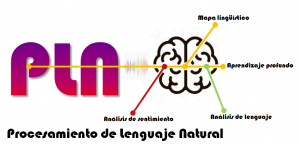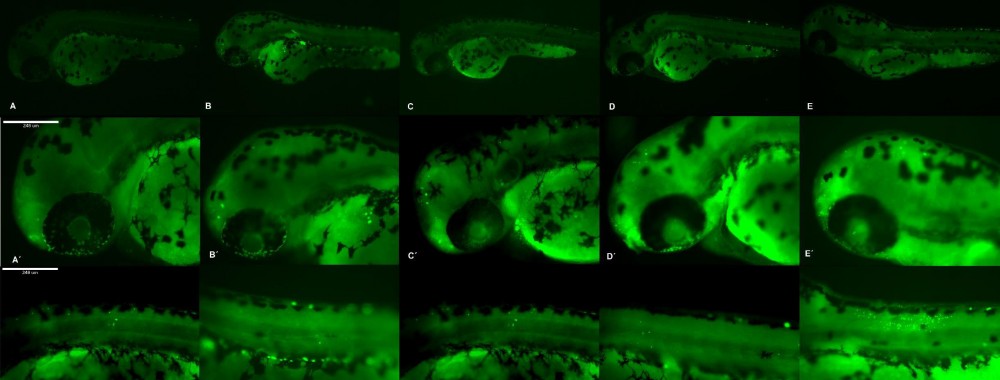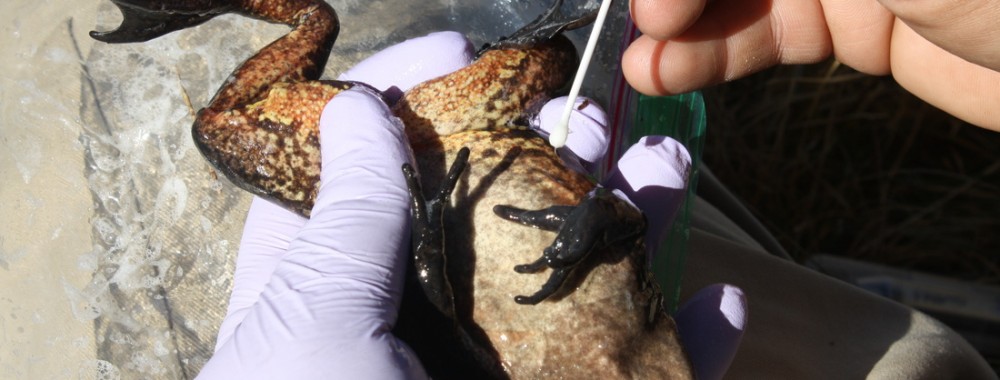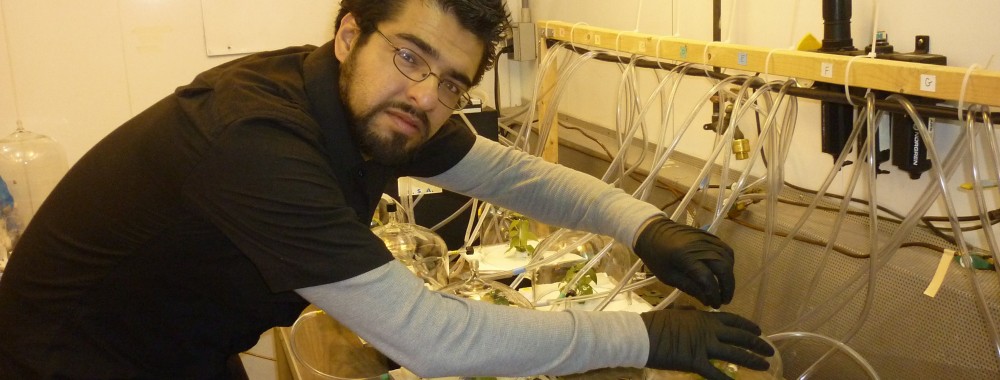Uncategorized
Core architecture for cooperation between smart tutors

Core architecture for cooperation between smart tutors
(Project Manager: Dr. Omar Álvarez Xochihua, Ph.D.)
This research addresses the field of educational technology, through the design, implementation and evaluation of a software architecture that allows communication between intelligent tutors (pedagogical agents), allowing to homogenize the student model to be shared between intelligent tutors from different domains. Intelligent tutoring systems (ITS, for its acronym in English), are virtual advisors based on software, which arise as an option to increase the academic performance of students by providing them personalized advice; through knowledge previously obtained from human advisers.
For knowledge modeling, semantic web tools were used; the decision was made to use knowledge modeling techniques through ontological semantics. The design of the integral architecture of intelligent tutors was based on a metamodel based on Model Driven Architecture, separating the functional flows (services) from the technologies that implement them. At the same time, a deliberative multi-agent communication architecture is sustained, through a positive relationship and implicit interaction. The communication protocol between tutors implemented is carried out using the xAPI specification and an LRS repository, due to the benefits it offers so that very different systems can communicate with each other while interacting with different technologies and content.
Neurotoxicology Of Environmental Pollutants

Neurotoxicology Of Environmental Pollutants
(Project Manager: Ulises Gregorio Pacheco Bardullas, Ph.D)
Transgenerational epigenetic effects of environmental pollutants on the nervous system: In recent years, the number of studies linking epigenetic modifications to genomic DNA with the development of some diseases has increased. These modifications can be the result of exposure to environmental pollutants during critical stages of development. These changes in the epigenome can be transmitted and affect subsequent generations that are not in direct connection with the pollutant in what appears to be a transgenerational toxicity phenomenon.
In our laboratory we address this problem by taking advantage of the relative ease of obtaining generations with the zebrafish model from an integrative perspective, studying the consequences of epigenetic modifications at the molecular level and their possible alterations at the behavioral level.
Effect of exposure to pesticides on the nervous system from a developmental perspective: Currently there is concern about whether the toxins found in the environment can produce alterations in development, due to the vulnerability of biological systems during the gestation and growth period. In particular, the nervous system has been reported as a frequent target of pesticides, compromising their functioning and promoting susceptibility to the development of neurodegenerative diseases, such as Parkinson’s disease. Studies in animal models have shown that pesticides such as atrazine herbicide produce a dramatic decrease in dopaminergic neurons and dopamine content in the substancia nigra. Both elements are relevant pathophysiological signs that lead to Parkinson’s.
Molecular Evolution of Pathogens

Molecular Evolution of Pathogens
(Project Manager: Carlos Flores López, Ph.D)
Molecular evolution is an area of research that uses the principles of evolutionary theory and population genetics to answer both basic and applied science questions. Basic science questions such as the description of sudden expansion events of certain protein families in human pathogens using information from human parasite genomes, or questions with an applied approach, such as the detection of highly conserved genes that nevertheless have sites under a strong selective pressure to change (ie positive selection) in human pathogen genomes, in order to detect good antigen candidates to develop neutralizing antibodies.
To date in the laboratory we have focused mainly on studying different aspects of molecular evolution in kinetoplastids (ie parasites that cause Leishmaniasis and Trypanosomiasis), in bacteria that cause tuberculosis (ie Mycobacterium bovis, and M. tuberculosis which is the pathogen that causes the highest number of deaths worldwide) and in the Batrachochytrium dendrobatidis fungus that threatens the vast majority of species of anurans worldwide and is currently considered the pathogen that has caused the greatest damage in any order of vertebrates in the history.
Any student interested in undertaking postgraduate studies in this line of research is encouraged to contact Dr. Carlos Flores via email at cflores2@uabc.edu.mx (http://www.carlosfloreslopez.com/)
Evolution And Ecological Genetics of Plants And Herbivores

Evolution And Ecological Genetics of Plants And Herbivores
(Project Manager: Rafael Bello Bedoy, Ph.D)
The defense of plants against herbivores is one of the classic models of coevolution. Currently we use Datura – Lema, Yucca-Pollinator, Wild Chile-herbivore as models to understand the genetic bases of resistance and tolerance, constitutive defenses in induced, to defend against herbivorous insects. This project uses experimental strategies in laboratories and greenhouses and to examine the evolutionary process at a geographical and organismic level. We also study population genetics and their phylogeography to explain the history of the species co-evolution process. I collaborate with researchers from UABC, CICESE and UNAM to study these and more organisms such as: shrimp (Branchinecta sp.), Scorpions (Centruroides sp.), And chagas bug (Dipetalogaster maxima) to understand how biological diversity interactions and the general environment.
















